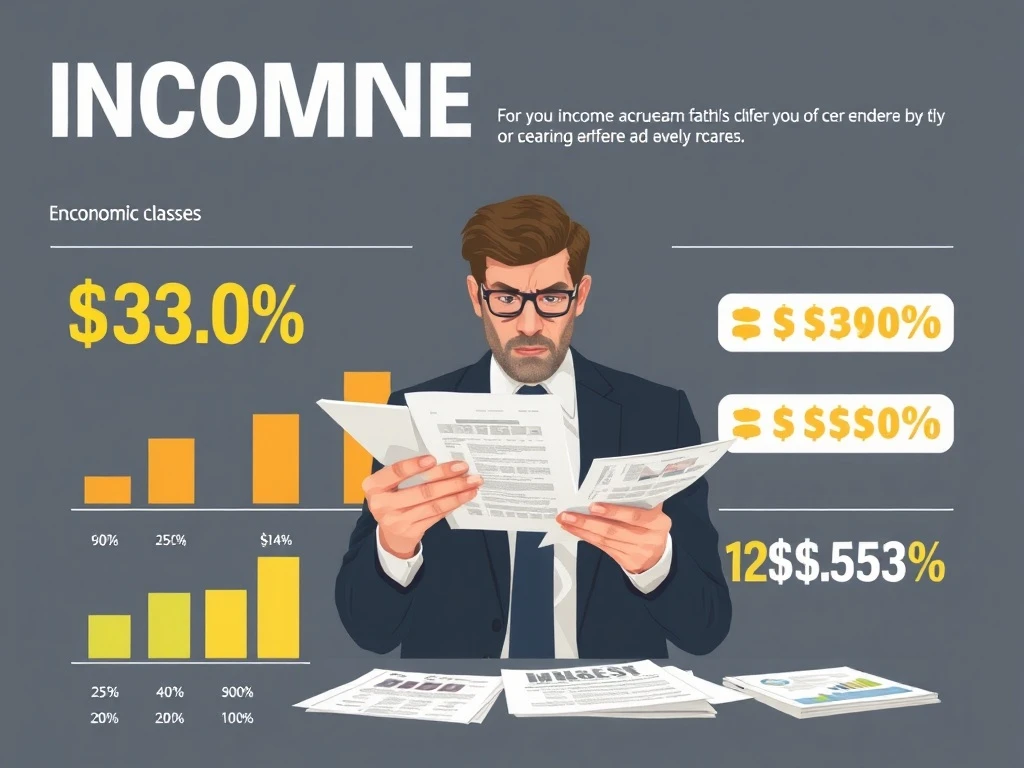You likely consider yourself middle class. However, most Americans who identify this way actually fall outside official economic definitions. This startling reality check reveals why traditional middle class status has become increasingly elusive for millions.
What Defines the True Middle Class Today
Economists measure middle class status using specific income parameters. The Pew Research Center defines middle income households as those earning between two-thirds and double the national median household income. Currently, this means approximately $48,500 to $145,500 annually for a three-person household. Surprisingly, only about 52% of Americans actually fall within this range.
Seven Key Indicators You’re Not Middle Class
Several factors determine genuine middle class standing beyond simple income numbers. Consider these critical markers:
- Homeownership capability without excessive debt burden
- Retirement savings that can maintain your lifestyle
- Emergency fund covering six months of expenses
- Educational expenses for children without loans
- Healthcare costs that don’t cause financial stress
- Discretionary spending for vacations and leisure
- Debt-to-income ratio below 36%
The Shrinking American Middle Class Phenomenon
The middle class has contracted significantly since the 1970s. Meanwhile, upper and lower income tiers have both expanded. This polarization reflects growing income inequality and changing economic structures. Many families maintaining middle class lifestyles actually rely on dual incomes and substantial debt.
Regional Cost Variations and Middle Class Status
Geographic location dramatically affects middle class qualifications. A $100,000 income provides comfortable middle class living in rural Mississippi but qualifies as lower income in San Francisco. This regional disparity means many Americans underestimate their actual economic positioning relative to local standards.
Wealth Versus Income: The Critical Distinction
Income alone doesn’t define class status. Wealth accumulation matters tremendously. True middle class families possess substantial assets beyond their earnings. These include home equity, retirement accounts, investments, and liquid savings. Many high-income earners remain asset-poor and financially vulnerable.
Psychological Factors in Class Identification
Most Americans prefer identifying as middle class regardless of actual economics. This phenomenon stems from cultural associations with stability, morality, and normalcy. However, this self-perception often diverges from financial reality, creating cognitive dissonance about true economic standing.
The Path to Genuine Middle Class Stability
Achieving real middle class security requires specific financial behaviors. These include consistent saving, intelligent investing, debt management, and lifestyle choices aligned with income. Understanding accurate class positioning helps families make better financial decisions and set appropriate goals.
Frequently Asked Questions
What income officially qualifies as middle class in 2024?
The middle income range spans approximately $48,500 to $145,500 for three-person households, varying by family size and location.
Why do so many Americans misidentify their economic class?
Cultural attachment to middle class identity, regional cost variations, and confusion between income and wealth contribute to widespread misclassification.
How has the middle class changed in recent decades?
The middle class has shrunk from 61% of adults in 1971 to 52% today, with more movement into upper and lower income tiers.
What’s the difference between income and wealth in class determination?
Income measures earnings flow while wealth calculates net assets; true middle class status requires both adequate income and accumulated wealth.
Can high-income earners not be middle class?
Yes, if they lack wealth accumulation, have excessive debt, or live in very high-cost areas where their income provides limited purchasing power.
How can someone accurately determine their economic class?
Consider income percentile relative to your region, net worth, debt levels, and ability to afford middle class lifestyle markers like homeownership and education.
















